It's Gauss' trick to sum numbers from 1 to n:

First formula
However, the sum you want to compute starts at 2, not 1, that is why you have to subtract the first term (i.e. 1) from the formula:

Second formula
Essentially, you compute the sum from 1 until (n-1). If you substitute n in Gauss' trick with n-1, you receive the second formula they use.
You can also see this with an index transformation:

As you can see, I have adjusted the boundaries of the sum: Both the upper and lower bounds of the sum have been decreased by 1. Effectively, this deceases all terms in the sum by 1, to correct this, you have to add 1 to the term under the Σ: (j-1) + 1 = j.





